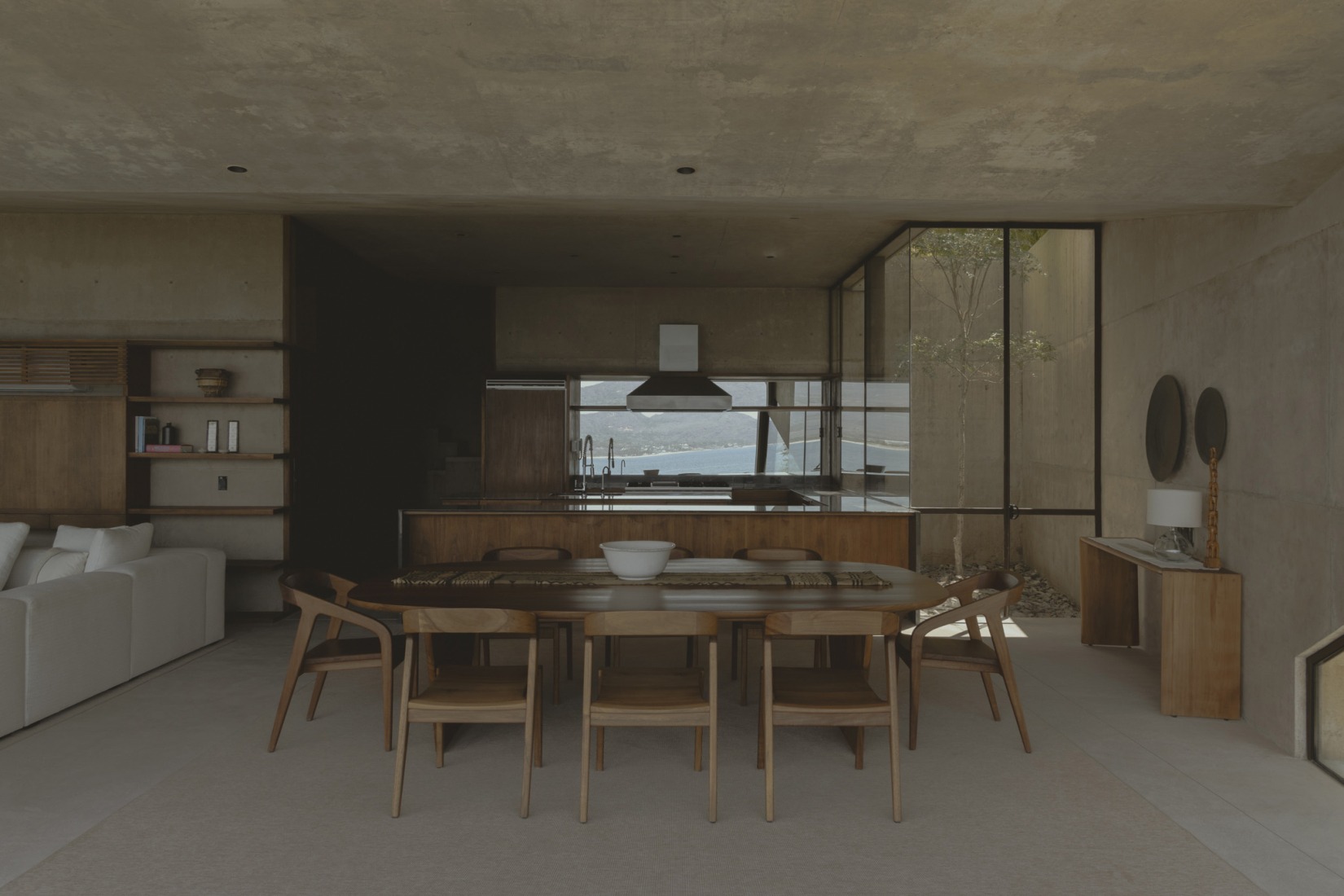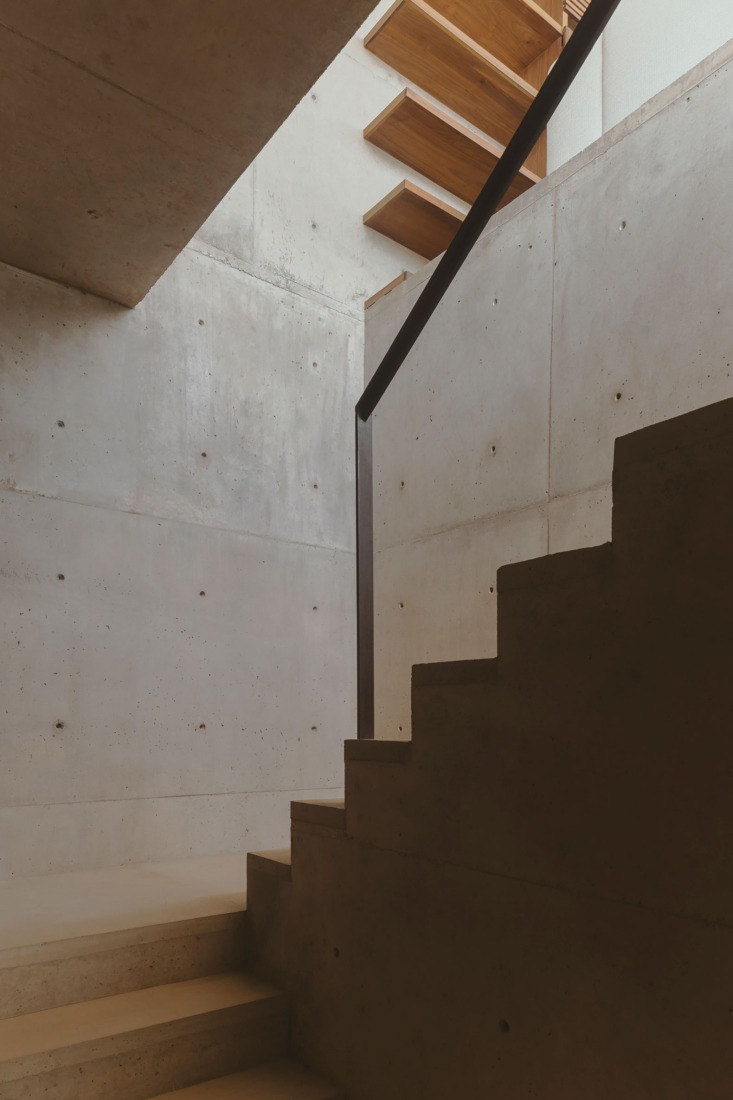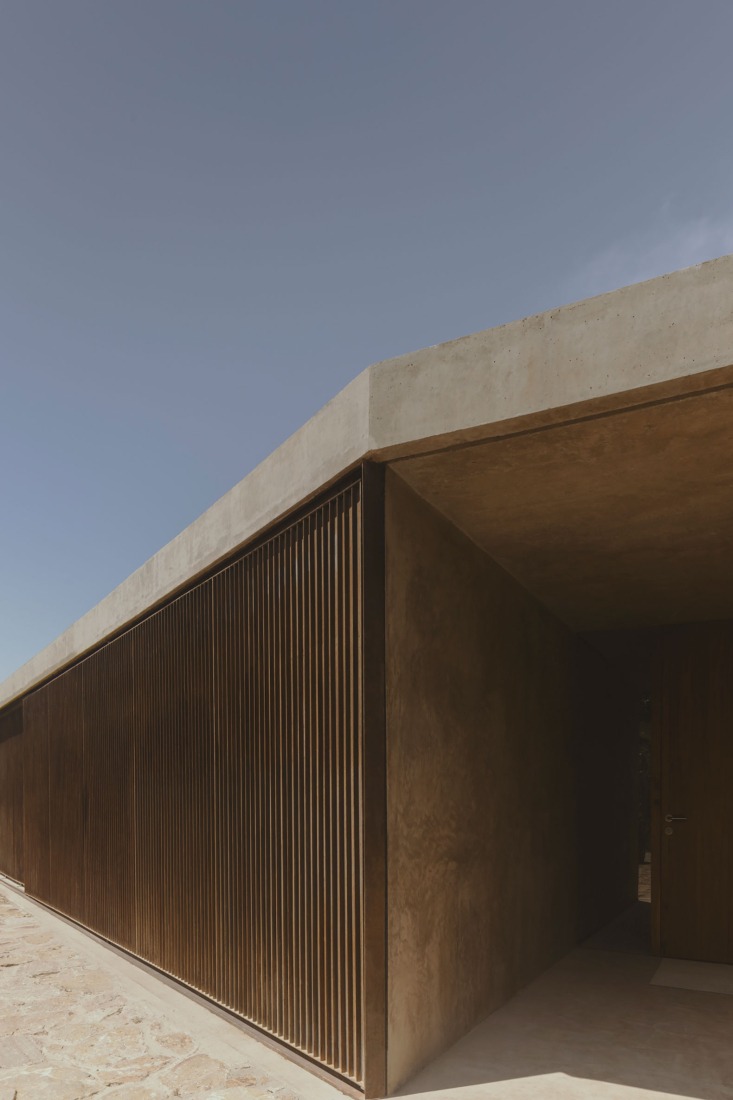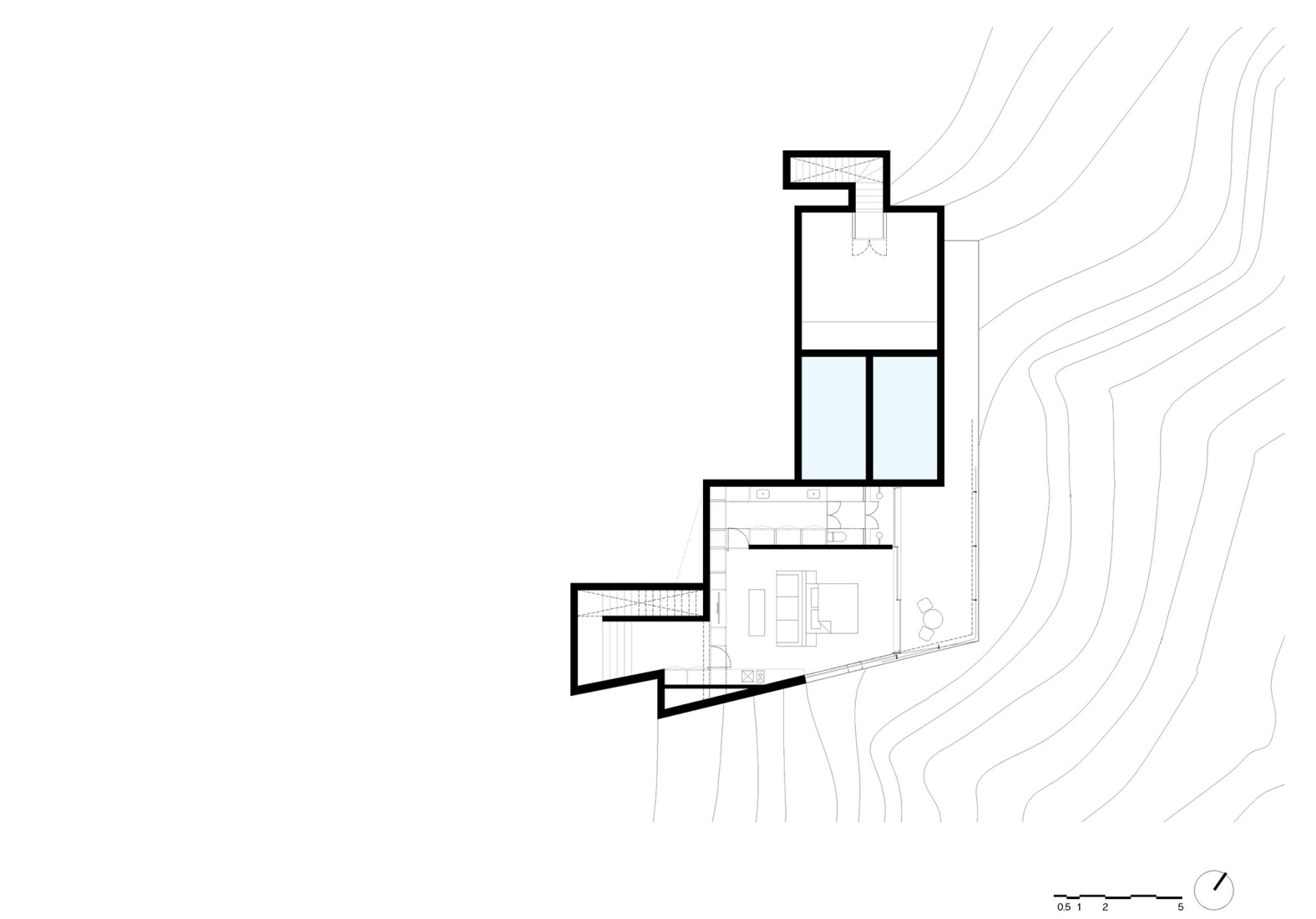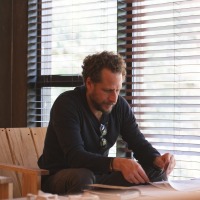
The single-family home designed by the Módica Ledezma and JJRR studios consists of a volume that stands out more for the feeling of spaciousness that it houses than for its large size, which is achieved through structures that allow its spaces to open to the Pacific, providing a spatial sensation of great connection with the landscape.
The project's program arises as a secondary consequence of playing with a containment structure that ends up becoming a covered habitable bridge, which minimizes the visual impact and gives rise to cozy and diverse rooms that respond to the limited footprint available through a unique experience.

IYARI by Módica Ledezma + JJRR. Photograph by Zaickz Moz.
Project description by Módica Ledezma + JJRR
Iyari is a 564 sqm single-family home project located in Punta Mita, Nayarit (Mexico), designed by the Módica Ledezma office in collaboration with JJRR to respond to a peculiar topography and address the different senses that make up its experience. Visually, it seeks to make the most of the privileged view of the sea, so the design focused on generating a structure that would interfere as little as possible with this sensorial relationship.
It is located on a very steep slope, so it was decided to develop it in three levels that unfold like a fan in sections, responding to the natural unevenness and generating a structure of habitable spaces. This approach resulted in a concise project in terms of its intentions, structure and materiality, displaying a legible architectural program where the different areas are separated by levels that open to the ocean.
The project seeks adaptability, and although the sculptural factor that composes it is undeniable, it intends to merge as much as possible with the mountain that houses it.

The footprint allowed for the construction was very limited in relation to the objectives of the architectural program. However, it was possible to incorporate an extensive list of spaces that meet the basic needs of its inhabitants, in addition to creating gardens that visually end at different points, seeking spatial democracy and providing each room with a unique experience. A staircase connects with the social area, where an attempt is made to expand the footprint of what was built towards a terrace with a large clearing, containing on one side the services grouped into the kitchen, laundry, bathrooms, etc., which are ventilated and illuminated naturally by a patio.
Towards the outside, we have a platform with a terrace, a pool and an open-air terrace space. The relationship between the short span of the house and the last point of the terrace is very close. This cave-like morphology maximizes the spatial sensation between the interior and the exterior, a constant aspect in our searches, although it is not the final result.

This is a very practical project that stands out more for the sensation of spaciousness than for its large size, achieved by means of structures that allow a view to be opened towards the Pacific. The spatial sensation is one of great freedom, despite the heaviness of the exposed concrete and the very marked line shapes. What steals the show is the sensation of openness towards the views, present in practically all the habitable spaces of the project. This is what was sought with spatial democracy: although the program privileges the main bedroom for its scale, all the spaces have equal circumstances. The size of each of the rooms is a secondary consequence of the possibility of playing with a containment structure, formed by the three levels. This containment structure becomes a habitable, covered bridge with a terrace on the next level. It is a very simple equation that, with very concrete actions, allows the objective to be achieved: the experience of a beach house.
The development in the area encourages low impact, delimited by a polygonal, which means that the restrictions are very defined. The logic is to minimize the impact and avoid very prominent volumes when there are uneven ground.
Upon entering, you are greeted by the sculpture of the concrete volumes, inviting you to the final view: when you open the door, the sea opens up. To the left, there is the volume of rooms and, going down, you find the complete social area, with its services a little further back.

The structure of the beam with the inclined roof was designed to bridge an important gap. The volumes without direct access to windows have a patio for ventilation and lighting, avoiding the cave effect. From the kitchen, there is a view of the sea. The rooms are discreet and simple volumes, a response to the limited footprint available. The main room, on a lower level, has a larger scale and lives within these diagonal structures. The wall that becomes a beam avoids the tunnel effect of vision, offering a 180-degree opening. This technical gesture was designed to imitate the vegetation, avoiding the rooms feeling closed in. The house is buried, inviting the lateral vegetation and the descending slope.
The sculptural gestures were not the objective, but rather the result of the adaptation to the topography. The house is clear in its layout: containment structures that became habitable mouths to take advantage of the descending topography. There are no labyrinths, as the house is compressed into this topographic accordion.














